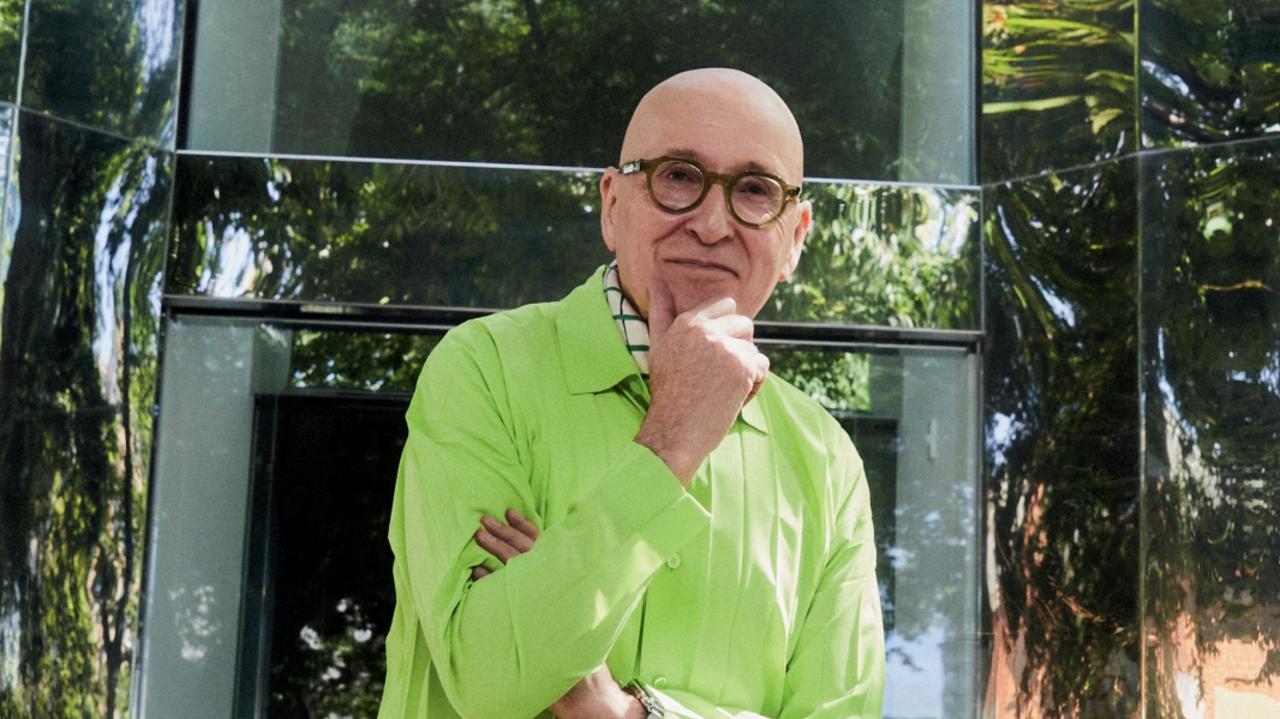Little and large
THE only way is down for Germany's "big three" car makers, but their mini-me models must pack the fizz of a magnum.

THERE are hotel rooms in Berlin you can rent by the hour, apparently, and although I'm sure they meet all statutary requirements, I'm also confident they don't have sweeping city views, pool-sized spas and more flatscreens than JB Hi-Fi.
It's just not territory that the likes of Hyatt and Westin want to make their own. But with cars, it's a different story. In Berlin, you can rent cars by the minute - and not just any old cars. The German capital is where Mercedes and BMW are clashing bumpers with some of the largest car-share schemes anywhere. Mercedes, with Car2Go, has put a 1000 Smart runabouts on the streets while BMW, via its DriveNow scheme, offers 500 Minis or 1 Series sedans. For just a few cents, you can satisfy your lust for premium wheels.
It's a measure of how seriously luxury makers now take tiddlers and also a window on the array of challenges this presents. Turning a hatchback into a limo is like Kempinski deciding to put its penthouse in the broom cupboard. But prestige makers have no choice. They are hemmed in by emissions regulations, which are getting stricter all the time, and large cars need large engines.
For a pollution pass mark, small cars are vital.
Cramped by congestion and crimped by fuel prices, it's also where buyers are heading. The top end mirrors the mainstream, where the traditional sedan has long been falling out of favour. In Australia last year, after a 38 per cent rise, we bought twice as many pocket motors above $40K as sedans above $70K. So the only way is down and while the margins are better at the luxury level than in the mainstream, buyers demand more. We want our miniatures to pack the fizz of a magnum. They must sip fuel, be safe as vaults, as comfy as gloves and come loaded with iGadgets.
None of the German luxury trio begins from a standing start. Mercedes has the most history but has also stumbled hardest. Its Smart sub-brand was meant to spawn a family of city cars and for a short while there were other variants, including a four-seater. Making a profit was more challenging and before long Mercedes cut its losses, keeping only the tiny Fortwo.
It misfired under its own brand, too. It claims to have invented premium compacts with the original A-Class 15 years ago and more than 2 million have been bought.
But underneath, its radical engineering proved too expensive and inflexible. The investment spun off only one other model, the B-Class, and it was indistinguishable from the A. Both were sensible mummy mobiles.
Mercedes has learnt its lesson for its second generation of small cars, with five variants due over the next three years. The new B updates the old and is already on sale. That's where the similarities end. The new A is Merc's first conventional hatchback, pitched at Gen Ys for whom a car is an extension of their phone.
Hardwired with Apple software, Siri is your virtual co-driver. The third, the CLA, is an "avantgarde design" that stretches the envelope for junior exec sedans while a small SUV follows in 2014 to gatecrash the globe's fastest growing segment. Merc has kept quiet about the final variant but one thing is clear: the days when technology trickled down from its large cars is a thing of the past. It's chucked the kitchen sink at its fab five.
In many ways, Mini was first to crack the code on premium small after BMW took charge a decade ago.
Its secret: a charming shape that can be colour mixed and matched to suit myriad buyers, then specced with a trillion different trinkets. After someone falls under the spell of its options list, they forget the price they first thought of. A measure of Mini's success is its imitation by other brands and now BMW itself is borrowing from its offshoot. A commitment to rear-wheel drive for "pure driving pleasure" constrained its original 1 Series cars, making them pricey to build and cramped inside. So it's tearing up tradition and using Mini engineering to make its first front-wheel drive model: a 2 Series competitor for the Mercedes B-Class that will be unveiled at the Paris Motor Show this month.
Cost sharing is the key and Audi has the advantage.
With the resources of Volkswagen, it's been turning Golfs into A3s since the late 1990s. More recently, it hitched a ride on the Polo to make its A1, taking a leaf out of the Mini playbook on the way. The new A3, due next year, will add a sedan to the hatchbacks and convertibles already in the range while stripping weight to help efficiency.
With all their troops arrayed, the luxury trio expects to garner some of the 4 million extra buyers downsizing over the next decade. But size still matters. We might be buying more premium minis, but we're positively splurging on luxury SUVs.


